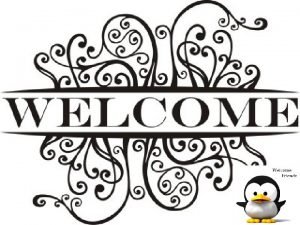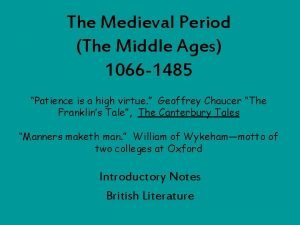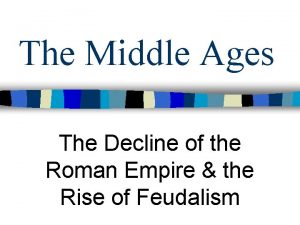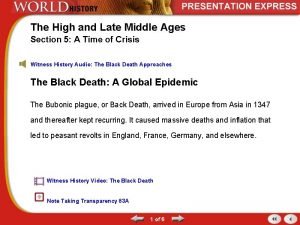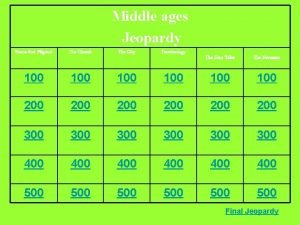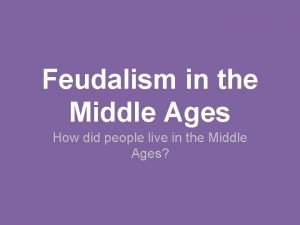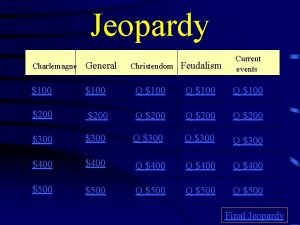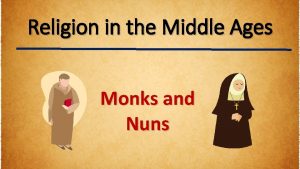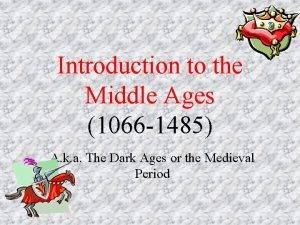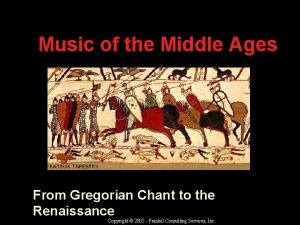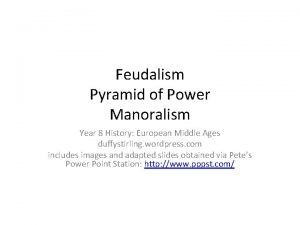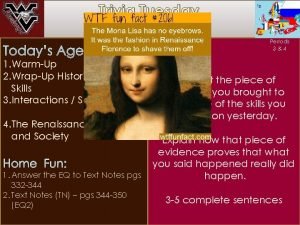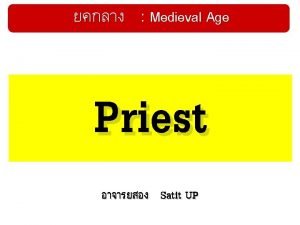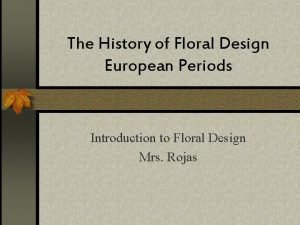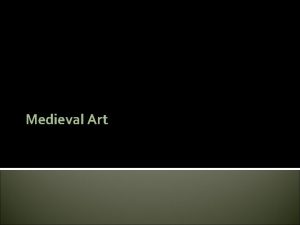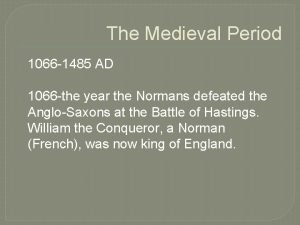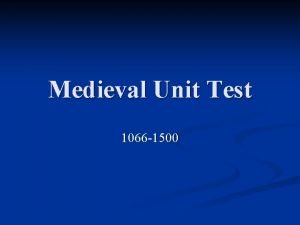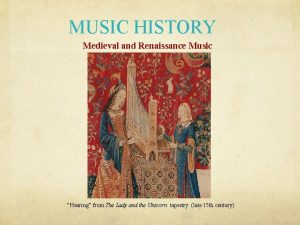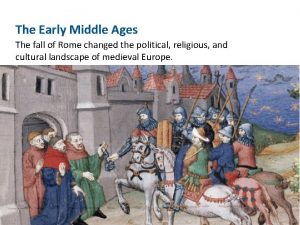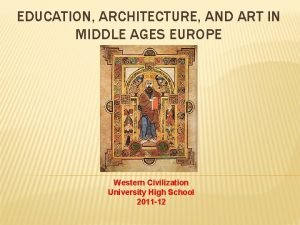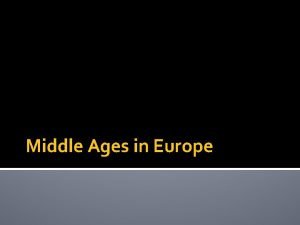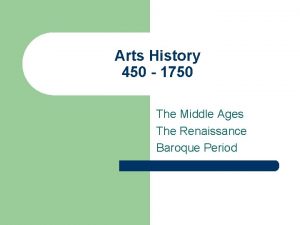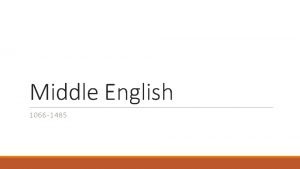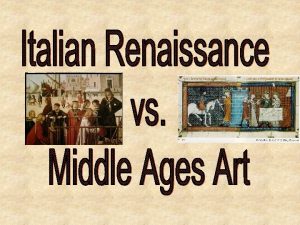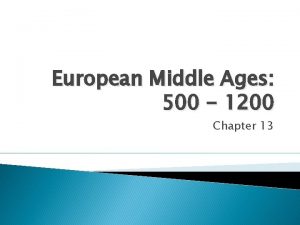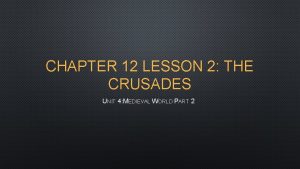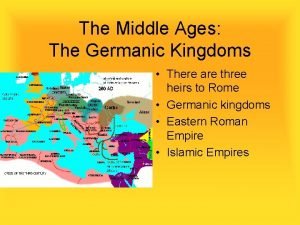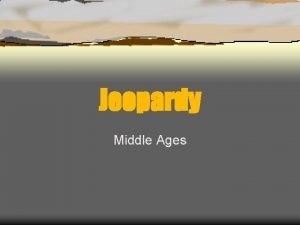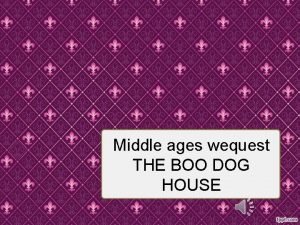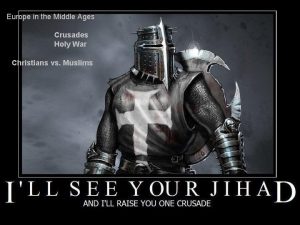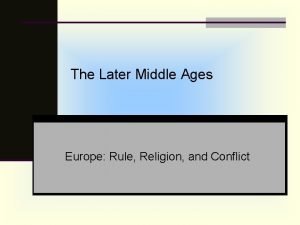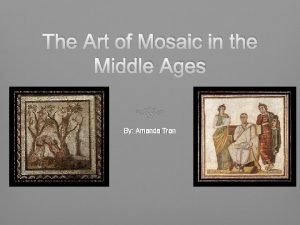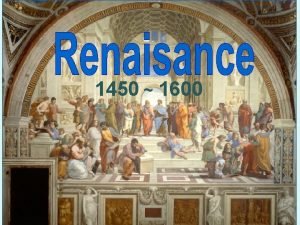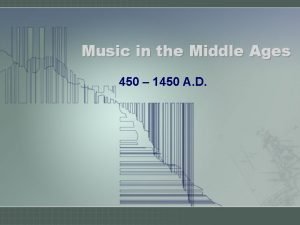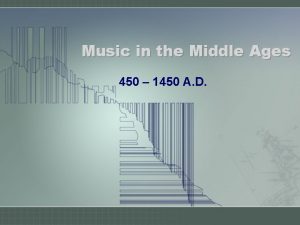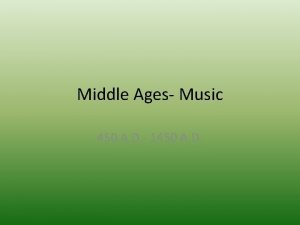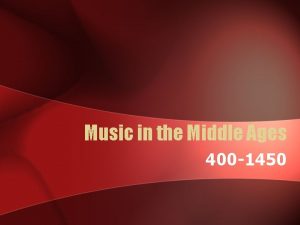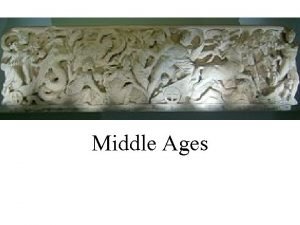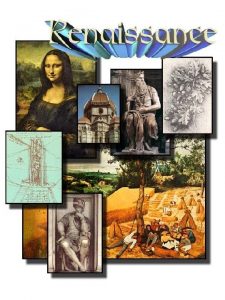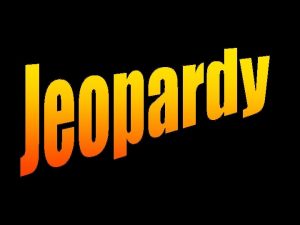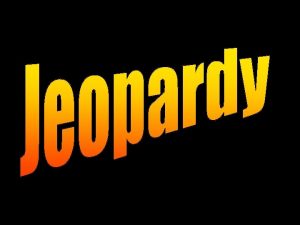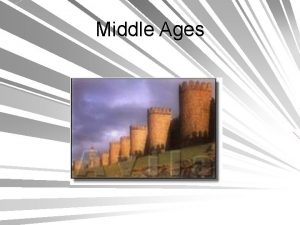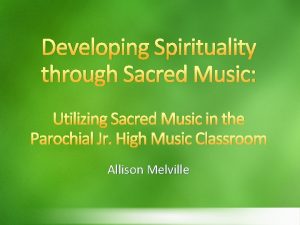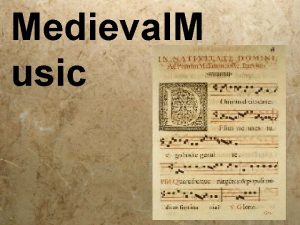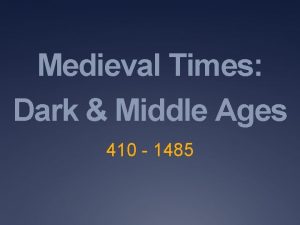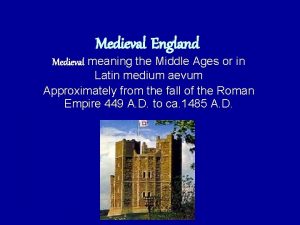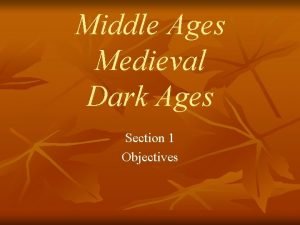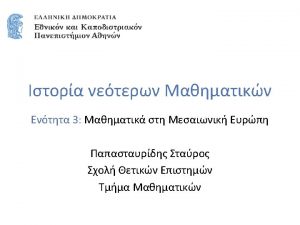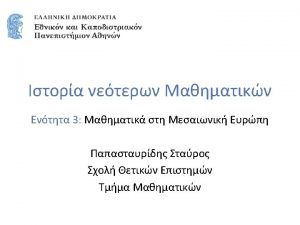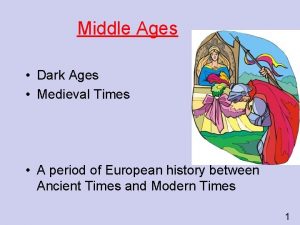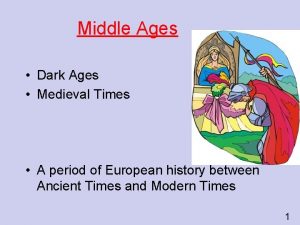Middle Ages Medieval 450 1450 Sacred Music Mostly






































- Slides: 38

Middle Ages / Medieval 450 – 1450 Sacred Music • Mostly vocal music until 1100 • After 1100, the church allowed instruments to be played. • The organ was the most popular then. • Most notated music was sacred – Why? The church had control over learning. • Most composers were anonymous because they were taught that it was wrong to take credit and brag about their works. They were taught that God would be unhappy with them.

Middle Ages / Medieval • • 450 – 1450 Secular music – non-religious Troubadours traveled the country, singing their love songs. They used drums, bagpipes, harps, and recorders. Why do you think they didn’t notate their music?

Middle Ages / Medieval • Gregorian Chant: The earliest music of the Middle Ages was sung slowly and without rhythm or harmony. Everyone sang the same thing. • These tunes are also called Gregorian Chant, which were named after Pope Gregory I.

Middle Ages / Medieval • Polyphony: Later on other musical lines were added, creating harmony. This is also called polyphonic music. • This is music for more than one voice and it appeared during the later Medieval period. This marked the beginning of harmony.

May 3 Do Now • Answer these questions in your journals. Try to do this without using your notes if you can. 1. In the Medieval Period, where did you go to learn? 2. What was a popular church instrument near the end of this period? 3. Who traveled singing love songs? 4. What type of songs are slow, without rhythm or harmony?

Name__________________________ Period ____ Essential Question of the Lesson: What are the characteristics of music from the Renaissance time period? Directions: Determine whether each statement is true or false and mark your answer in the column marked Before _____ _____ _____ After _____ 1. During the Renaissance, the middle and upper class hired tutors to educate their children. _____ 2. Polyphonic music is when everyone performs the same melody and rhythms at the same time. _____ 3. Chordal music is when the harmony and voice parts move at the same time in chords. _____ 4. A madrigal is a non-religious (secular) song that people sing and is often a love song. _____ 5. A motet is a non-religious song that people sing. _____ 6. A mass is a religious (sacred) song that people sing. _____ 7. The lute is a popular instrument during the Renaissance. _____ 8. Instrumental music was mostly for singing and dancing during the Renaissance. _____ 9. Palestrina was the worst composer from the Renaissance.

Renaissance • Renaissance means “rebirth”- in this case, it was a rebirth of Greek and Roman culture. • It lasted from 1450 -1600. • The middle and upper classes hired people to educate their children. • The printing press was invented and popularized the music of great composers.

Renaissance Music • Most Renaissance music is polyphonic – two or more voices being heard with different rhythms. • Near the end of the Renaissance, chordal music appeared. The voices moved together in chords.

Here are some questions • What does Renaissance mean? • What was invented that popularized the music of great composers? • What does it mean for music to be polyphonic in the Renaissance time period?

Vocal A Capella Music • Madrigals - These song forms were performed in groups of four, five, or six singers. A madrigal is secular music and were usually love songs. • Motets - a polyphonic work with four or five voice parts singing one religious Latin text. • Mass - follows the religious service of the Catholic Church and is sung in a very specific order: Kyrie, Gloria, Credo, Sanctus, Benedictus, and Agnus Dei. It is performed in Latin.

Instrumental Music • There was a growth in instrumental music, especially the lute and keyboard. The most popular instrument of the Renaissance was the lute. • Most instrumental music was written for singing and dancing.

Let’s answer these. • What were three kinds of a capella music? Which one follows the religious service of the Catholic Church? • What was the most popular instrument in the Renaissance time period?

• Palestrina’s music shows pitch and rhythm. • He was Italian and wrote mostly religious works. • He is considered one of the great masters of Renaissance music. • He wrote motets, madrigals, and masses.

8 th Grade Do Now, May 5 • Answer these questions in your journals. Use sentences! Try to do this without using your notes if you can. Then, finish the true/false paper in the “After” column from yesterday. 1. What does Renaissance mean? 2. When two or more voices are singing different rhythms, what is that called? Kyrie was an example of this. 3. Out of madrigals, motets, and masses, which is NOT religious? 4. What two things was instrumental music used for in the Renaissance? 5. Who was a great Renaissance composer?

Baroque Activitation • http: //www. youtube. com/watch? v=CTVra. Vgz C 9 U • Organ – Bach

Name__________________________ Period ____ Essential Question of the Lesson: What are the characteristics of music from the Renaissance time period? Directions: Determine whether each statement is true or false and mark your answer in the column marked Before _____ _____ _____ After _____ 1. During the Renaissance, the middle and upper class hired tutors to educate their children. _____ 2. Polyphonic music is when everyone performs the same melody and rhythms at the same time. _____ 3. Chordal music is when the harmony and voice parts move at the same time in chords. _____ 4. A madrigal is a non-religious (secular) song that people sing and is often a love song. _____ 5. A motet is a non-religious song that people sing. _____ 6. A mass is a religious (sacred) song that people sing. _____ 7. The lute is a popular instrument during the Renaissance. _____ 8. Instrumental music was mostly for singing and dancing during the Renaissance. _____ 9. Palestrina was the worst composer from the Renaissance.

Baroque • 1600 -1750 • Baroque refers to highly decorated music and art. • Unity – repeating rhythms and melodic patterns • Sudden dynamic and tempo changes • Music was ornamented and improvised.

Baroque Music • Orchestras begin to form • Opera develops • Was written for and heard only by kings and nobility and the Church • Venice, Italy was the center of Baroque music • Harpsichord was more popular than the piano.


Some Questions • What two things could drastically change in music from the Baroque period? • What musical group began to form? • Where was the center of Baroque music?

Fugue • The subject is stated by the first voice. • The other voices then enter imitating the same subject, one at a time. • The voices alternate subject and answer.

What about this? • What form of music had a theme or subject that was repeated by different voices at different times? • How is this different from a round?

May 5 Do Now • Answer these questions in your journals. Try to do this without using your notes if you can. Use sentences! 1. In the Baroque period, there were extreme changes in what two musical elements? 2. What musical group began to form during the Baroque period? 3. What type of vocal music was being developed during this period? 4. What was the popular keyboard instrument during the Baroque period?

Classical Activation • http: //www. youtube. com/watch? v=w. Kh. H 2 h. R a-WQ • Mozart Clip

Classical Period • The Classical period began around 1750 and lasted until 1830. • This was when Benjamin Franklin was discovering electricity. • This was also when the United States was being founded.

Music of the Classical Period • • • Music was simpler to play than Baroque music. Music was written for everyone. Common people began attending concerts. Emotions were controlled in the music. There were not extremes in tempo, dynamics, etc. like in the Baroque period.

Some Questions • Was the music simpler or more complex in the Classical time period than the music in the Baroque time period? • What were the emotions in the music like?

Classical Music • A symphony usually has 3 or 4 movements and uses the entire orchestra. • Orchestras were small, around 40 people, at the beginning of this period. They grew larger near the end. • Rondo form, ABACA, was commonly used. It alternates between one main themes and contrasting themes.

Can you answer this? • How many movements did symphonies normally have? • Did the orchestras grow in size or shrink towards the end of the time period? • What form was commonly used in the Classical time period?

Romantic Period • The Romantic period began around 1830 and ended around 1900. • Yes, there was some overlap between the classical period and romantic period. • In fact, Beethoven bridged the two periods during his lifetime.

Romantic Music • Program music tells a story or describes something. • Music is filled with passion and drama. • Composers used music to overwhelm listeners with emotion, writing sad, sweeping pieces about love and heartbreak and magical fantasies about goblins, witches, and swans. • The orchestra is arranged as we know it and was led by a conductor with a baton. • The most popular instrument was the piano.

Can you answer these? • Who bridged the Classical and Romantic time periods? • What is program music? • What was the most popular instrument?

8 th Grade Do Now, Sept. 22 • Answer these questions in your journals. Try to do this without using your notes if you can. 1. Who bridged the gap between Classical and Romantic music? 2. In the Romantic period, music is filled with what and what? 3. What is program music?

Modern Activiation • http: //www. youtube. com/watch? v=ce 4 TCth 0 g. GM&feature=Play. List&p=0 C 7 DE 3935191 D 7 D 6&playnext=1&playnext_from=PL&index=1 • John Cage Piano Sonata X for prepared piano

Modern Period 1900 – Present

Modern Review • • A time of musical experimentation Electronic music becomes a main focus Atonality – Music without a tonal center Broken into Currents 1. 2. 3. 4. Neoclassical Serialism Minimalism Electronic

The End • This ends our journey through the different time periods of music history. • This does not include current musical styles from across the world, including popular music of our own country.

Music History Word Splash • Using as many words here as possible, write a letter to the students in the next rotation about what you learned about music history. Baroque Sacred Madrigal Renaissance Unison Secular Beethoven Modern Program music Gregorian Chant Tone Row Fugue Medieval Minimalism Chordal Romantic Polyphonic Motet Rondo Classical Mass Serialism
 Sacred music in the middle ages
Sacred music in the middle ages Renaissance art vs medieval art
Renaissance art vs medieval art Dark ages vs middle ages
Dark ages vs middle ages Penyiku dari perbandingan trigonometri sin 300 adalah
Penyiku dari perbandingan trigonometri sin 300 adalah Online music portfolio
Online music portfolio Middle english period 1066-1500
Middle english period 1066-1500 Middle ages
Middle ages The high and late middle ages section 5 quiz
The high and late middle ages section 5 quiz Language answer
Language answer Feudal system in the middle ages
Feudal system in the middle ages Middle ages jeopardy
Middle ages jeopardy Middle ages buildings
Middle ages buildings Monks and nuns in the middle ages
Monks and nuns in the middle ages The middle ages 1066 to 1485 unit test closed book
The middle ages 1066 to 1485 unit test closed book Gregorian chant middle ages
Gregorian chant middle ages The feudalism pyramid
The feudalism pyramid Middle ages def
Middle ages def Middle ages renaissance
Middle ages renaissance Catholic clergy hierarchy
Catholic clergy hierarchy European floral design history
European floral design history Characteristic of medieval art
Characteristic of medieval art The middle ages 1066 to 1485 unit test
The middle ages 1066 to 1485 unit test The middle ages 1066-1485 unit test
The middle ages 1066-1485 unit test The middle ages spans nearly one thousand years.
The middle ages spans nearly one thousand years. Early middle ages
Early middle ages Cathedral art
Cathedral art Manorialism def
Manorialism def High middle ages
High middle ages Middle ages nobles
Middle ages nobles The middle ages 1066 to 1485 unit introduction
The middle ages 1066 to 1485 unit introduction Renaissance vs middle ages
Renaissance vs middle ages European middle ages chapter 13
European middle ages chapter 13 Chapter 12 lesson 4 the late middle ages
Chapter 12 lesson 4 the late middle ages Germanic kingdoms
Germanic kingdoms Middle ages jeopardy
Middle ages jeopardy Around 900 ce a new form of government called
Around 900 ce a new form of government called Middle ages
Middle ages Early middle ages
Early middle ages Dark ages mosaic
Dark ages mosaic



